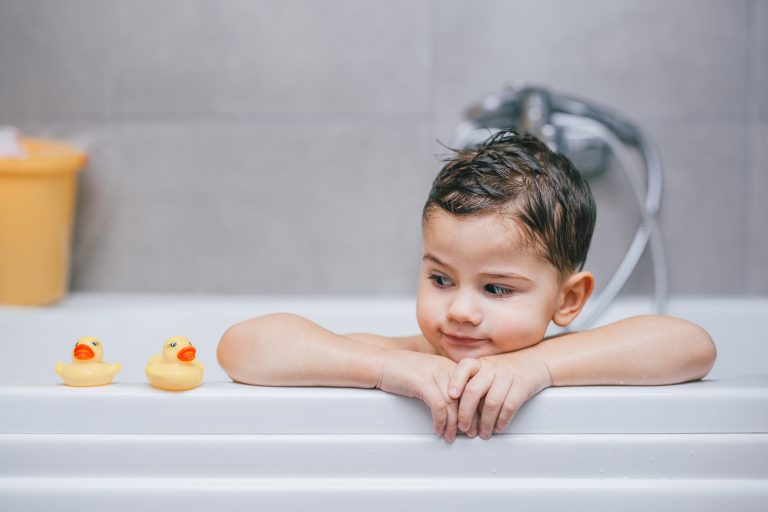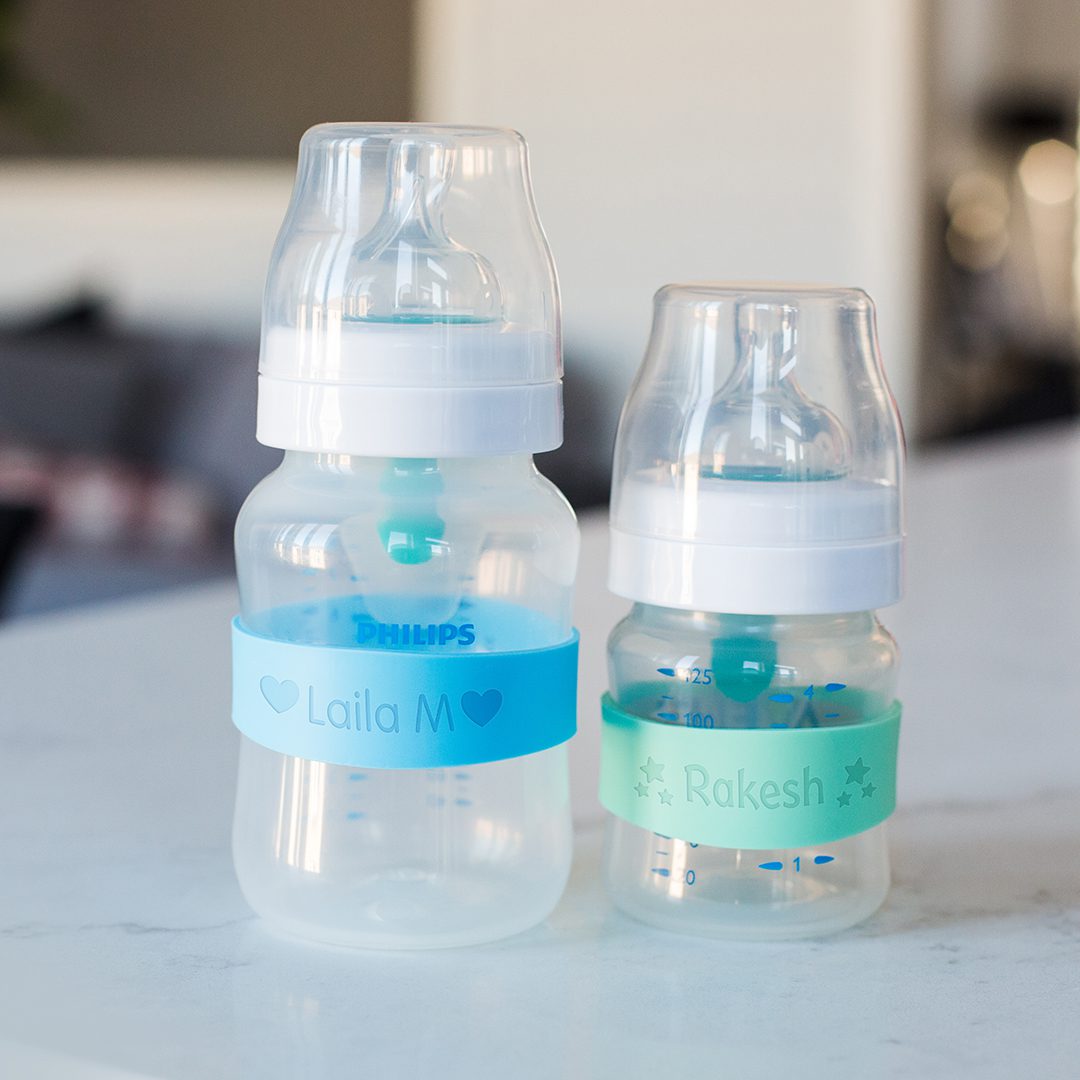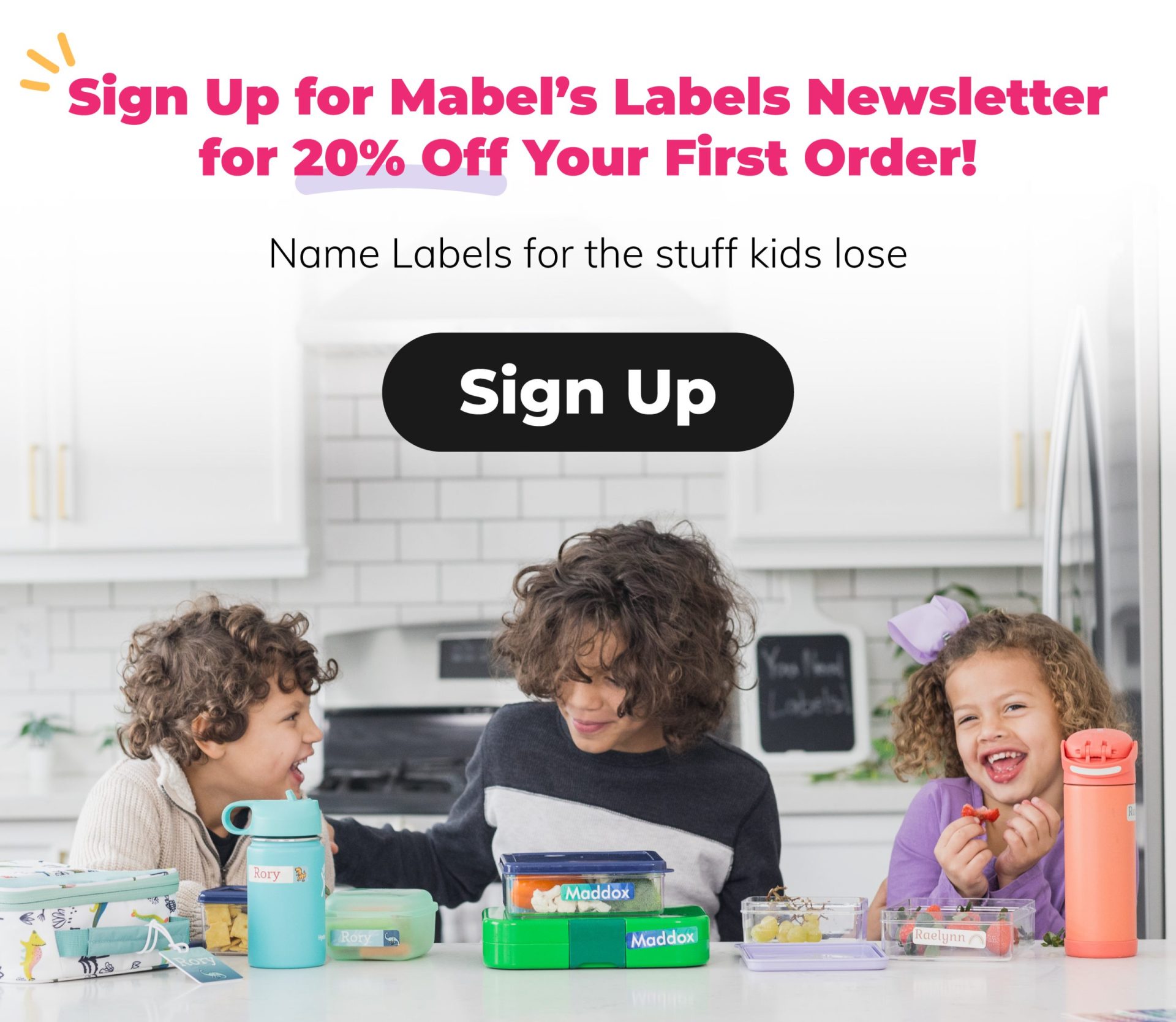No one wants mold and bacteria around — especially not in sippy cups and water bottles that are going right into our kids’ mouths. There are endless options and styles out there, but they can sometimes be complicated and time-consuming to clean.
The first step to keeping your child’s drinkware germ-free is to label it clearly, to avoid mix-ups at daycare, camp, sports and school. Once it comes home for washing and re-filling, try these tips to enhance the cleaning process.
Clean mold from Sippy Cups
When you invest in a new sippy cup for your toddler, you don’t want it to become damaged or unusable due to a washing blunder. So, don’t immediately throw away the outer packaging or the little insert that comes inside the cup — there is valuable information on there!
Read the “wash and care” instructions and follow them carefully. You can also visit the manufacturer’s website for product-specific guidelines and (in some cases) videos.
A few bonus tips for cleaning sippy cups:
- Take it apart as much as you can, separating the spout and/or valves from the lid.
- Often, the “cup” part is dishwasher safe in the top rack, while the lid and inner spout pieces can be placed in the cutlery tray.
- Hand washing in warm, soapy water is always a safe option. Be sure to rinse well.
- All pieces should be completely dry before re-assembling, since trapping moisture inside can contribute to mold growth.
- If you previously used a microwave sterilizer for your child’s baby bottles, it may also be compatible with sippy cups, especially if they’re the same brand.
Keeping mold out of Water Bottles
Today’s water bottles have spouts that pop, flip, click, and rotate, with elaborate systems of inner valves and seals. You definitely want to keep fungus and mold out of these hard-to-reach places.
Whatever brand you own, it’s worth two extra minutes to check the company’s website for relevant tips and information. A high-quality water bottle isn’t cheap to replace, so you’ll be protecting your investment as you maximize your disinfecting efforts.
Here are some extra tips for washing water bottles:
- Disassemble as many parts as possible, and wash separately.
- When hand washing, use a rounded bottle brush to get at the inner bottom part of the bottle. Rinse thoroughly.
- Scrub the outer bottom of the bottle vigorously, since it may have been set down on any number of germy surfaces, like a water fountain or bathroom floor.
- For deeper cleaning, fill the bottle halfway with white vinegar, then top up the rest of the way with warm water. Soak overnight, then wash and rinse well.
- If you want to take sanitizing to the next level, try bottle cleaning tablets. These fizzy little capsules take about 30 minutes and will give your water bottle a fresh start.
How to clean Reusable Straws
My kids are frequently on the road for sports, so we take a lot of “smoothies to go” in insulated travel mugs with a reusable straws. I won’t lie — it’s a pretty gross post-game task to wash out the gunk and fruity bits after the whole thing has been sitting in the car for a few hours.
These are my go-to cleaning strategies for reusable straws:
- Soak them in hot, soapy water for about 10 minutes, to loosen any residue before you attempt to clean them.
- Use a specially designed straw brush to clean the inside from each end, then rinse well. A pipe cleaner from your craft drawer will also work, in a pinch.
- If you find the bottle brush tedious, try these silicone straws that snap open for easier cleaning.
Mold in Water Toys
You may also want to use similar cleaning strategies on other items that come into contact with water, such as bath toys, water table components, or kiddie pool accessories.
As mentioned above, thoroughly cleaning and drying the items helps slow the growth of mold and bacteria. Pay extra attention to squeeze toys with a single tiny hole, since they don’t drain well and water can become trapped inside. Spray out as much water as possible after the bath or swim has ended.
Like any cleaning task, it all comes down to diligence and repetition. With clean drinking accessories, you can feel secure that your kids are getting hydration without contamination. Drink up!



